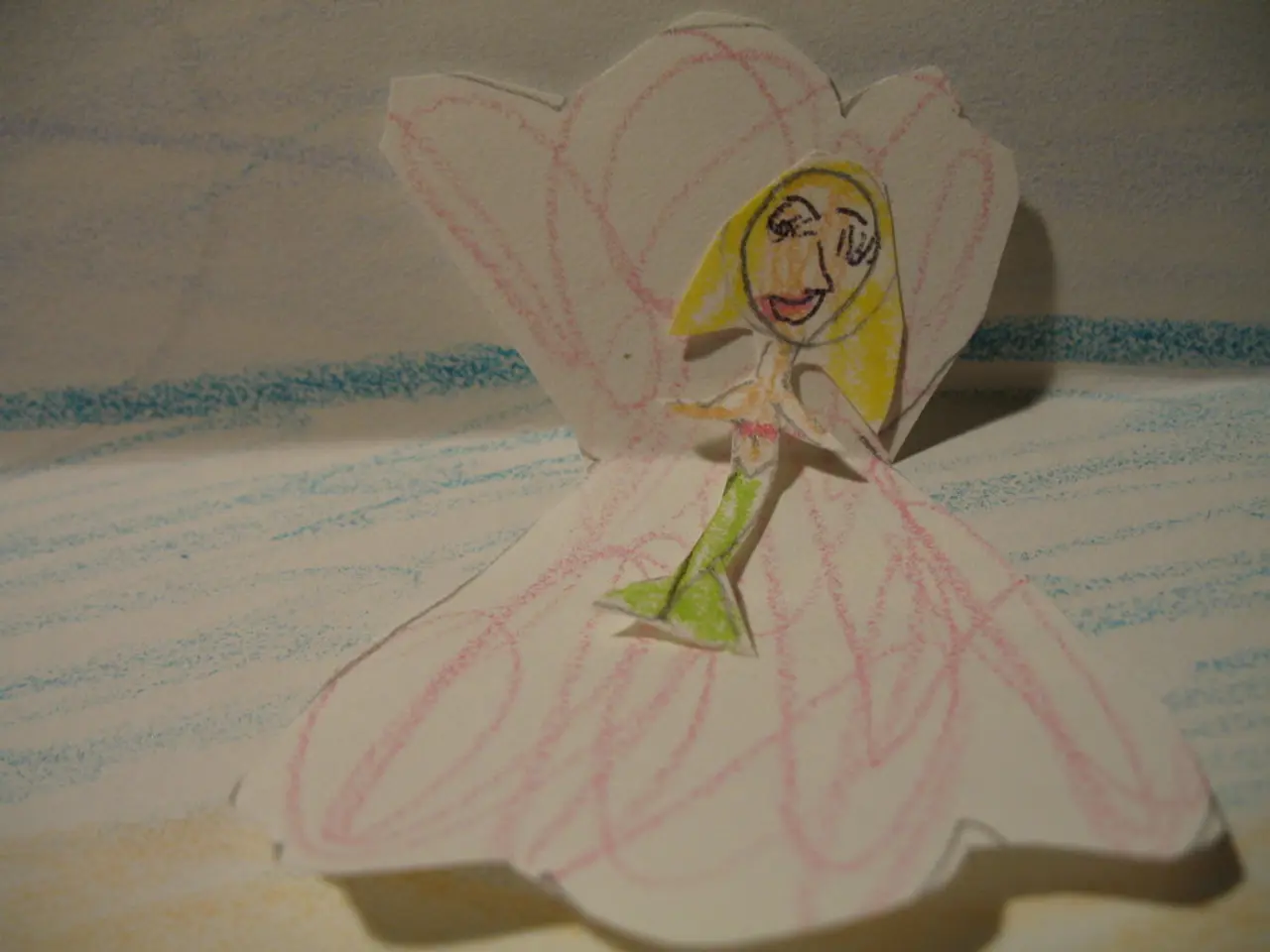Exploring Restorative Techniques: A Look into Healing Practices
Healing arts therapies, a group of creative approaches that use art, music, drama, and dance to promote well-being, have gained significant attention in recent years. These therapies offer evidence-based benefits for mental health treatment, neurodegenerative conditions, and cancer care.
Mental Health Treatment
Art therapy, a practice that involves the use of visual art to express emotions or better understand them, plays a crucial role in mental health treatment. It helps patients express feelings difficult to verbalize and gain a sense of control and achievement, supporting recovery in addiction and mental health conditions like PTSD. Viewing art can also lower stress hormones like cortisol and improve mood, alleviating depression and anxiety. Integrative art practices engage mind, body, and soul, complementing clinical care and aiding recovery.
Neurodegenerative Conditions
While direct evidence for neurodegenerative conditions is limited in this article, it's important to note that music therapy influences brain function by regulating emotions, reducing stress, and activating reward pathways through dopamine and endorphin release. This supports cognitive and emotional health, which are often impaired in neurodegeneration. Engagement in creative activities may also improve social skills, resilience, and overall brain health, potentially benefiting neurodegenerative disease management.
Cancer Care
Music therapy reduces anxiety, emotional distress, pain, nausea, and fatigue in cancer patients through various mechanisms. It offers psychological benefits by aiding emotion regulation and distraction, physiological benefits by reducing heart rate, blood pressure, and inflammation, and neurological benefits by releasing dopamine and endorphins. Guided music therapy is as effective as cognitive behavioral therapy for relieving cancer-related anxiety and depression, supporting emotional processing of the disease and treatment trauma. Art therapy also decreases negative emotions, reduces the need for sleep medication, and shortens hospital stays among cancer patients.
Psychedelic-assisted therapies combined with psychotherapy show promise in substantially reducing depression and anxiety symptoms associated with cancer diagnoses.
Becoming a Healing Arts Practitioner
To become a board-certified practitioner in these therapies, specific educational requirements apply. Music therapists need a bachelor's degree in music or music therapy, art therapists need an MA or higher in art therapy, dance therapists need an ADTA-approved graduate program, and drama therapists need an MA or doctoral degree in drama therapy from an NADTA-accredited school.
Focus on Evidence-Based Practices
The healing arts focus on evidence-based practices, providing non-pharmacological, evidence-supported benefits by improving psychological resilience, emotional regulation, stress reduction, and symptom management across mental health, neurodegenerative conditions, and cancer care settings.
Additional research has found evidence that dance therapy may improve cognitive function and motor skills in those with Parkinson's disease and mild cognitive impairment. Music therapy has also been found to reduce anxiety in children with cancer over time.
In summary, healing arts therapies offer a powerful, evidence-based approach to mental health treatment, neurodegenerative conditions, and cancer care, improving psychological resilience, emotional regulation, stress reduction, and symptom management.
[1] American Art Therapy Association. (2020). Evidence-based practice in art therapy. Retrieved from https://www.arttherapy.org/about-art-therapy/evidence-based-practice
[2] American Music Therapy Association. (2020). Music therapy research. Retrieved from https://www.musictherapy.org/about/research/
[3] National Endowment for the Arts. (2019). The healing power of the arts: A review of public health research. Retrieved from https://www.arts.gov/sites/default/files/healing-arts-review.pdf
[4] National Center for Complementary and Integrative Health. (2019). Art and music therapy for cancer. Retrieved from https://www.nccih.nih.gov/health/art-and-music-therapy-for-cancer
[5] National Institute on Aging. (2020). Creative arts therapies. Retrieved from https://www.nia.nih.gov/health/creative-arts-therapies
- Art supplements, such as herbal supplements, can be used in conjunction with art therapy to further enhance the therapeutic benefits, providing a holistic approach to mental health treatment.
- In addition to art and music therapies, chiropractic and acupuncture, two common health-and-wellness practices, offer evidence-based treatments for sinus infections.
- Beyond mental health and physical wellness, the science behind therapies and treatments has shown promise in using psychedelics, like certain herbal supplements, in psychotherapy to substantially reduce depression and anxiety symptoms associated with mental health conditions.
- Apart from board-certified healing arts practitioners, such as art and music therapists, science increasingly recognizes the importance of self-care practices like meditation, yoga, and mindfulness exercises in promoting overall health-and-wellness and mental-health.




